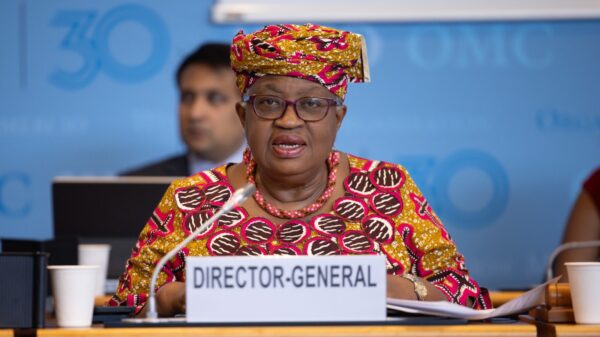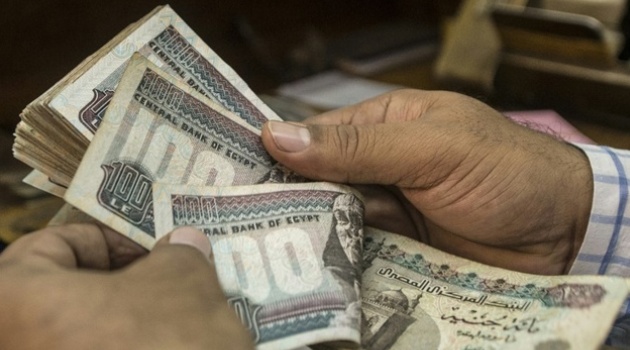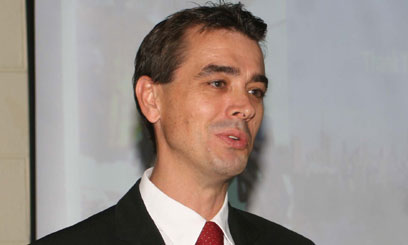NAIROBI, Kenya, Jan 23 – Kenya’s economy will expand to five percent in 2012 despite the risks and vulnerabilities in the global financial system, a World Bank economist has predicted.
Although the economy is weighed down by the downturn in the global market that is largely characterised by the financial turmoil in Europe, the World Bank’s Lead Economist for Kenya Wolfgang Fengler argued that the country will nonetheless manage a higher growth than the one registered last year.
Although the official statistics are not yet out, the Bank projects that the Gross Domestic Product (GDP) could have grown by 4.3 percent in 2011 down from the 5.6 percent that was posted in 2010.
“Given the current circumstances, we project that Kenya will grow stronger this year than last year and so the situation is not critical because it may not experience the same downturn as it did in 2009 (when it was grappling with shocks such as the effects of the post election violence, drought and the global financial crisis),” said the economist.
Like many economies around the world, Kenya has depleted most of its buffers, which were used to cushion the country against the 2008/2009 global financial crunch.
This has in turn meant that the country’s debt levels have ballooned to 47 percent of the GDP from 42 percent three years ago.
However, Fengler assured that despite this growth in the country’s expenditure, the current levels are sustainable.
“If Kenya was in Europe, it would be among the best performers in terms of debt levels,” Fengler said in a way of comparison during the release of the Bank’s report on the Global Economic Prospects 2012 ‘Uncertainties and Vulnerabilities’.
Although manageable however, the current levels also means that should a second round of the global crisis occur like it is projected and which would be more severe than the first one, then it would leave the government with less space to respond to such a slow down.
This is particularly so because the country’s major export revenues come from the tourism and agricultural sector which is vulnerable to the vagaries of weather. In addition, its susceptibility to high commodity prices is evident in its growing import bill over the last few years. The import bill estimated to stand at $13.5 billion in October 2011 consequently puts pressure on the balance of trade.
Its heavy reliance on Europe as one of its major markets for its agricultural products does not help matters either, as it negatively affects the country’s growth prospects and has also compromised the relatively stable macroeconomic environment.
Economic Secretary Geoffrey Mwau said the government is cognisant of this fact given that a huge budget is required in 2012 to finance the next general election and the implementation of the devolved system of governance.
For this reason, the Treasury he said has made a conscious decision to increase efficiency in its spending and also scale up the absorption of donor funds from the current 60 percent.
But when juxtaposed with other economies in the Sub-Saharan Africa (SSA) region, Kenya fares well.
This is because in addition to the challenges facing Kenya, most of the countries in the (SSA) region also have to grapple with a sharp decline in remittances which are support household spending and local currencies.
Cape Verde, Senegal and Guinea-Bissau could be hardest hit, if this projection comes true.
If the eurozone crisis continues to drag on and spread to other High-Income Countries, then a cut in aid flows to the region can be expected and could further hurt countries that are heavily dependent on donor funds.
Speaking during the launch of the report, the bank’s manager for Development Prospects Group Andrew Burns however said the Sub-Saharan Africa would continue to register robust growth despite the potential risks.
An average growth rate of 5.4 percent is anticipated in 2012, which is a ‘pretty good growth’ when compared to the 1.4 percent GDP projected for developed countries since the underlying factors remain strong.
While the rest of the world saw a decline in Foreign Direct Investment, Sub-Saharan Africa recorded a 25 percent increase in capital inflows mainly in the extractive sector.
“Increased investment flows, rising consumer spending, the coming on stream of new mineral exports in a number of countries will continue to support the region’s growth, with growth forecast to pick up to 5.6 percent in 2013,” the report indicated.
But while noting that the world economy is at a precarious situation, Burns recommended that Africa should try to be a part of the solution through for instance diversifying their export composition and trading partners, avoiding trade disputes as well as prioritising their spending programs.
Doing so, Burns said, would help to minimise the domestic impact of a renewed global financial crisis.
























